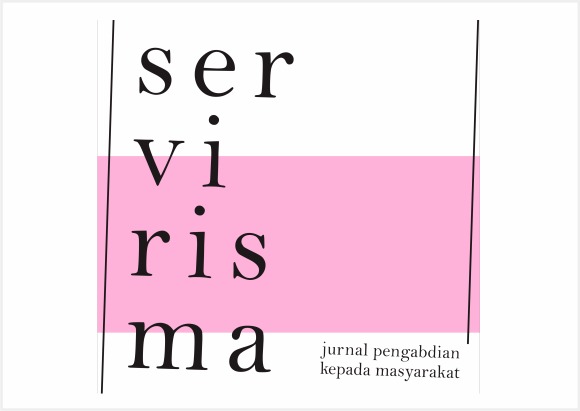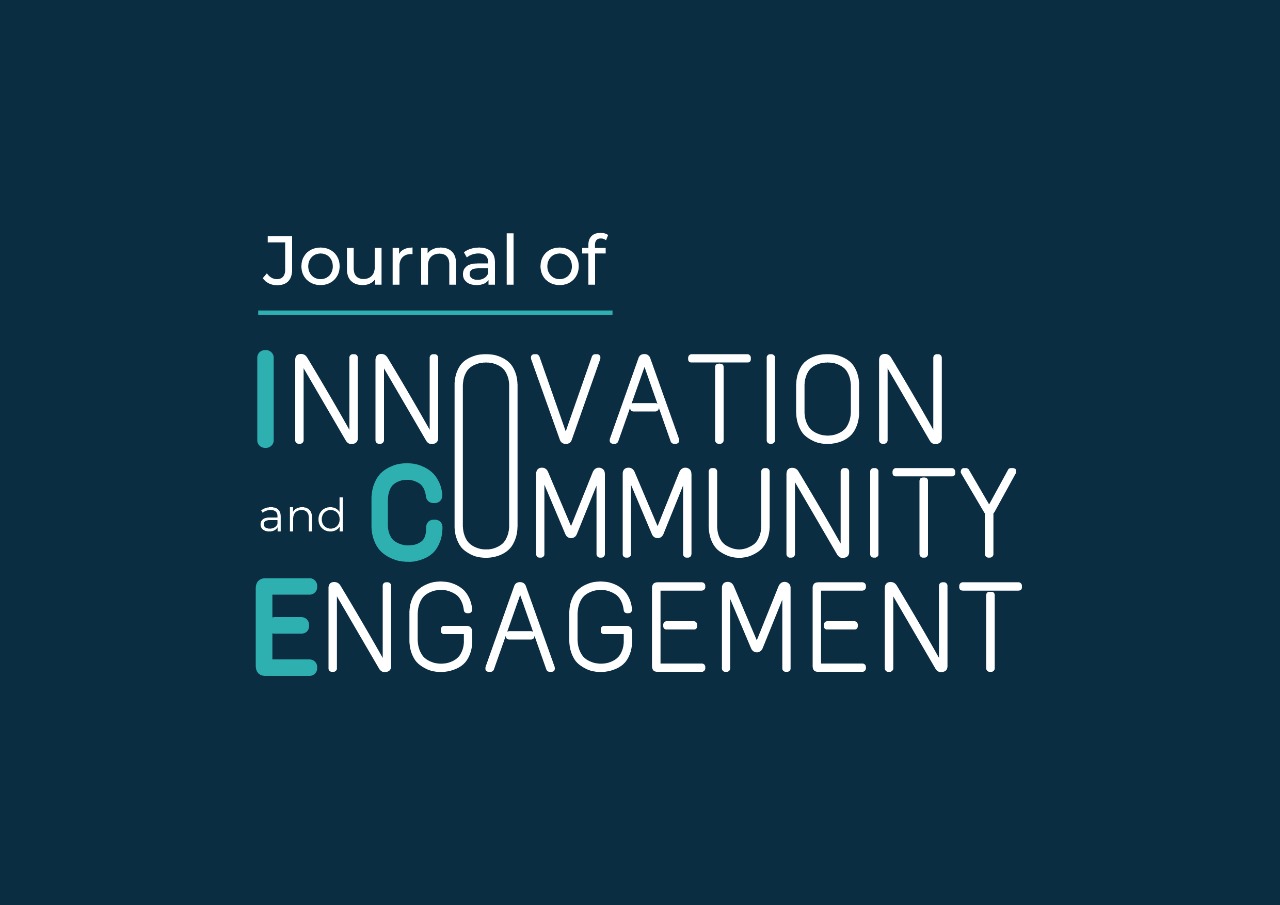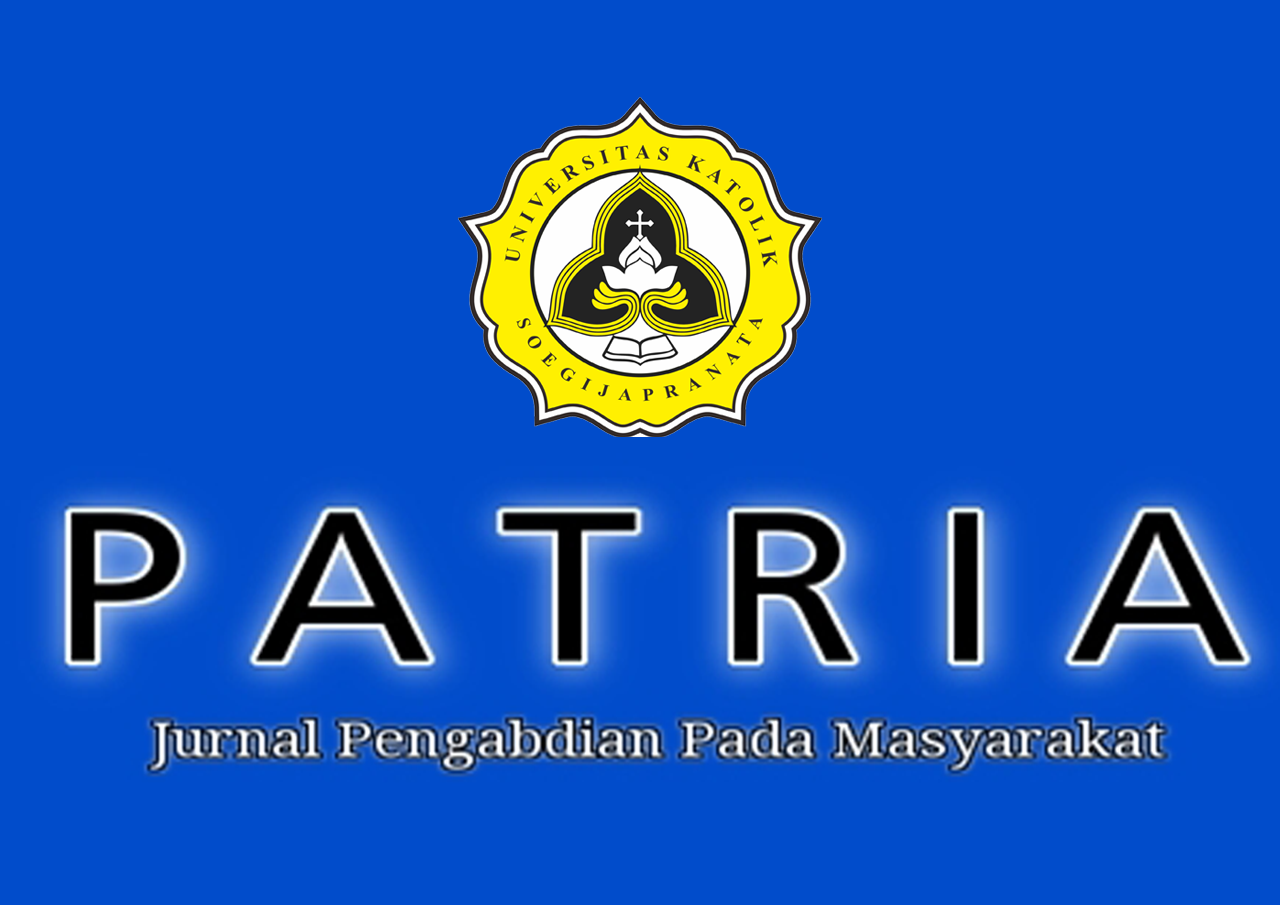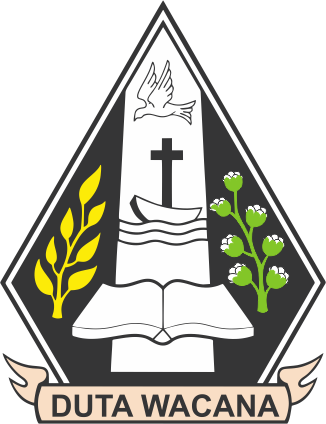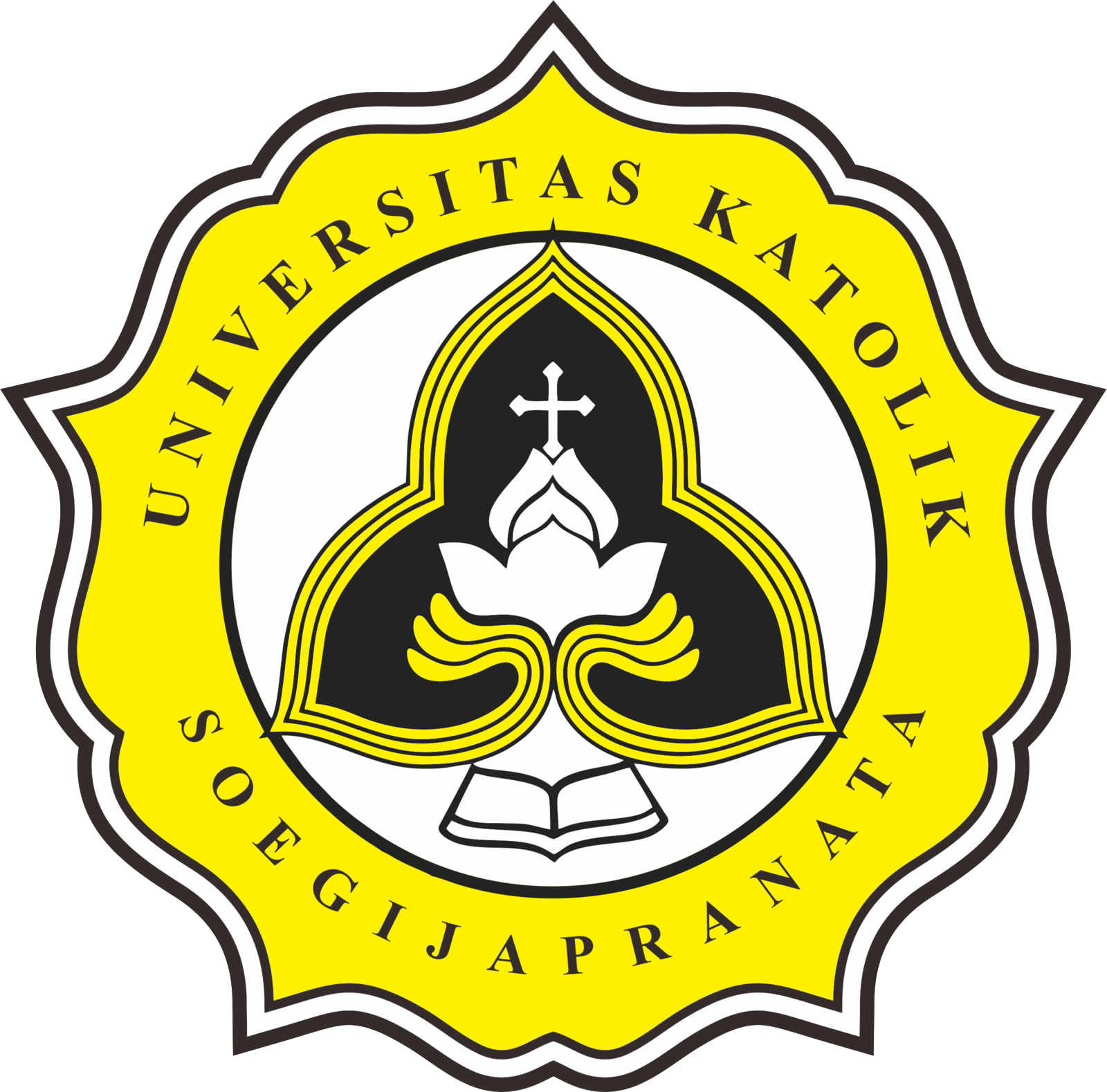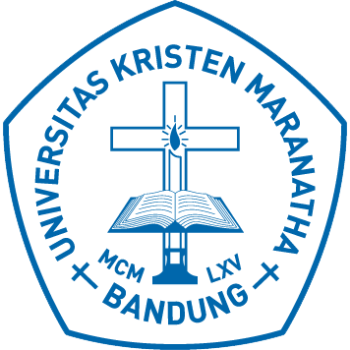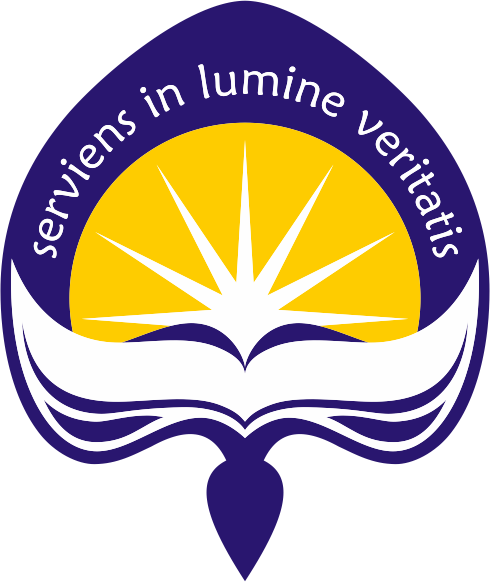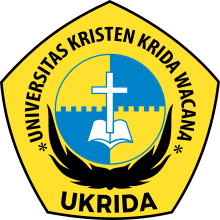Perancangan Model Pembelajaran Computational Thinking Jarak Jauh menggunakan Teknologi Block Programming bagi Calon Mahasiswa Baru di masa Pandemi Covid-19
DOI:
https://doi.org/10.21460/sendimasvi2021.v6i1.42Keywords:
learning models, computational thinking, distance, block programming, covid-19Abstract
This community service aims to investigate the use of "Block Programming" technology which is suitable for designing distance learning "Computational Thinking" for Prospective New Students, especially during the Covid-19 Pandemic. Distance learning here is related to the prohibition of face-to-face learning during the Covid-19 pandemic. The tools in realizing this community service goal consist of the MIT App Inventor-2 application to construct Block Programming technology, the design of Computational Thinking-based learning modules with Block Programming technology in the MIT App Inventor-2 application, and the design of distance learning models using media. internet and the Anydesk app. The result of community service is in the form of a remote "Computational Thinking" learning model that has been applied in the Information Systems Study Program. This application is expected to be able to prepare the next generation of young people who are able to become technology producers and innovators in the future. As the generation that will determine the transfer of science and technology in the future, this computational thinking education to them has a very important strategic value.
References
David Bau, “Droplet, a blocks-based editor for text code,” Journal of Computing Sciences in Colleges, pp. 138–144, 2015.
David Bau, D Anthony Bau, Mathew Dawson, and C Pickens, “Pencil code: block code for a text world,” In Proceedings of the 14th International Conference on Interaction Design and Children. ACM, pp. 445– 448, 2015.
Yizhou Qian and James Lehman, “Students’ misconceptions and other difficulties in introductory programming: a literature review,” ACM Transactions on Computing Education (TOCE), 2017.
Cansu, Fatih & Cansu, Sibel. (2019). An Overview of Computational Thinking. International Journal of Computer Science Education in Schools. 3. 3. 10.21585/ijcses.v3i1.53.
Weintrop, D. (2019). Block-based programming in computer science education. Communications of the ACM, 62(8), 22-25.
Kong, S. C., & Abelson, H. (Eds.). (2019). Computational Thinking Education. Springer.
Kang, H., Cho, J., & Kim, H. (2015). Application study on Android application prototyping method using App inventor. Indian Journal of Science and Technology, 8(19), 1–5.
Radoslaw, K., Turczynski, L., & Zyla, K. (2016). Comparison of App Inventor 2 and Java in creating personal applications for Android on example of a notepad. Advances in Science and Technology Research Journal, 10(31), 247–254.
Kowalczyk, R., Turczyński, Ł., & Żyła, K. (2016). Comparison of App Inventor 2 and Java in creating personal applications for Android on example of a notepad. Advances in Science and Technology. Research Journal, 10(31).
Kang, H., Cho, J., & Kim, H. (2015). Application study on android application prototyping method using app inventor. Indian Journal of Science and Technology, 8(18), 1.
Downloads
Published
How to Cite
Issue
Section
License
Copyright (c) 2021 Sendimas 2021 - Seminar Nasional Pengabdian kepada Masyarakat

This work is licensed under a Creative Commons Attribution-NonCommercial-NoDerivatives 4.0 International License.


